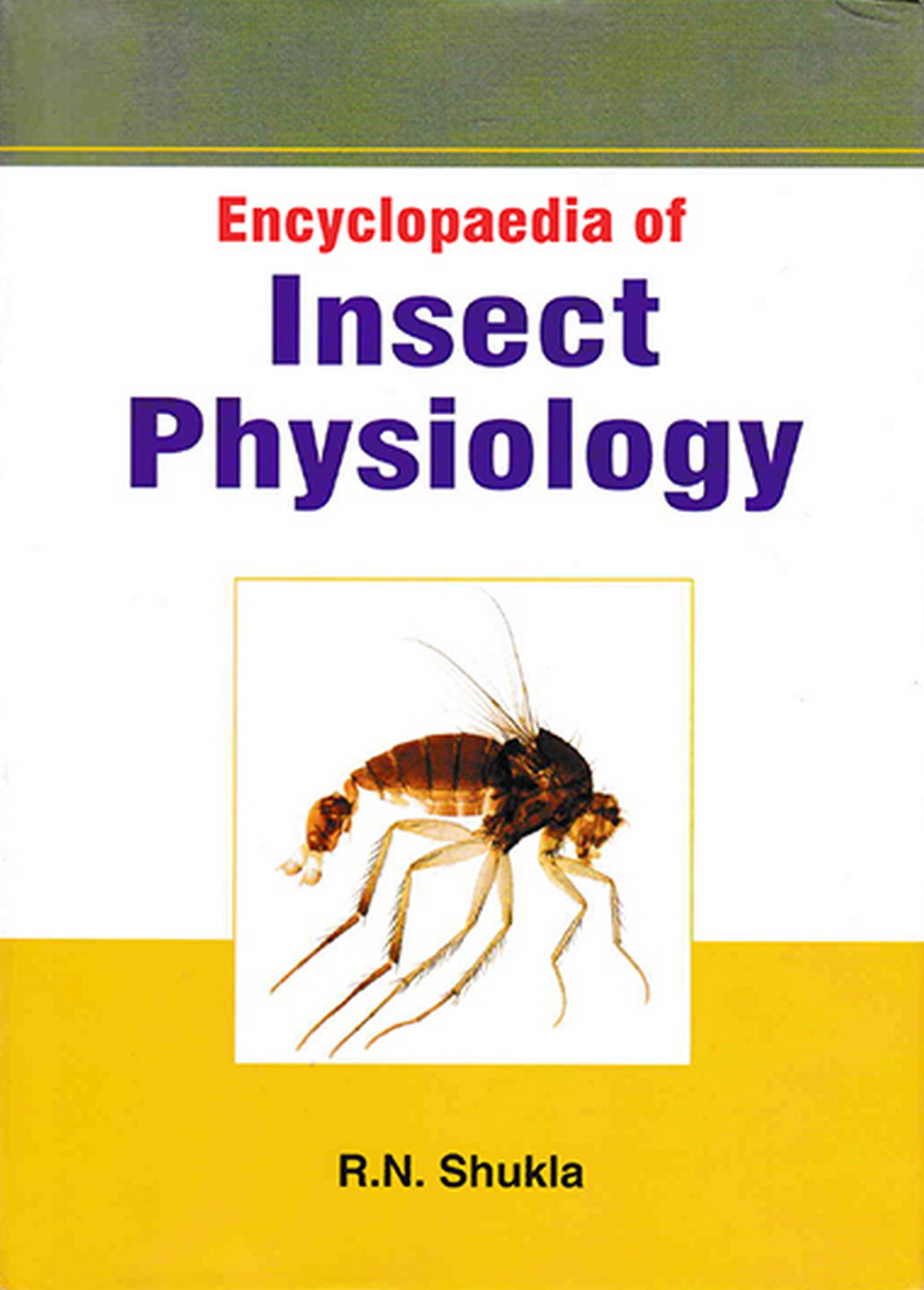Encyclopaedia Of Insect Physiology
Encyclopaedia Of Insect Physiology
Insect physiology includes the physiology and biochemistry of insect organ systems. Although diverse, insects are quite similar in overall design, internally and externally. The insect is made up of three main body regions (tagmata), the head, thorax...
Read more
Insect physiology includes the physiology and biochemistry of insect organ systems. Although diverse, insects are quite similar in overall design, internally and externally. The insect is made up of three main body regions (tagmata), the head, thorax and abdomen. The head comprises six fused segments with compound eyes, ocelli, antennae and mouthparts, which differ according to the insect's particular diet, e.g. grinding, sucking, lapping and chewing. The thorax is made up of three segments the pro, meso and met thorax, each supporting a pair of legs which may also differ, depending on function, e.g. jumping, digging, swimming and running. Usually the middle and the last segment of the thorax have paired wings. The book has been carefully compiled and edited to meet the long felt needs of increasingly large number of those who have to deal with the different aspects of physiology of insects. it will definitely prove to be a boon to teachers, students and research workers in the field of insect physiology. contents: Introduction; Trees and Shrubs: Diseases, Insects and Other Problems; important introductory Concepts of the immune System; The Introduction to Muscle Physiology and Design; Physiology and Biochemistry of the Insect Fat Body .
Less





























